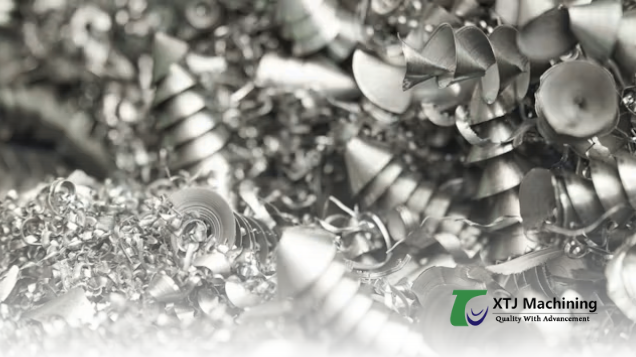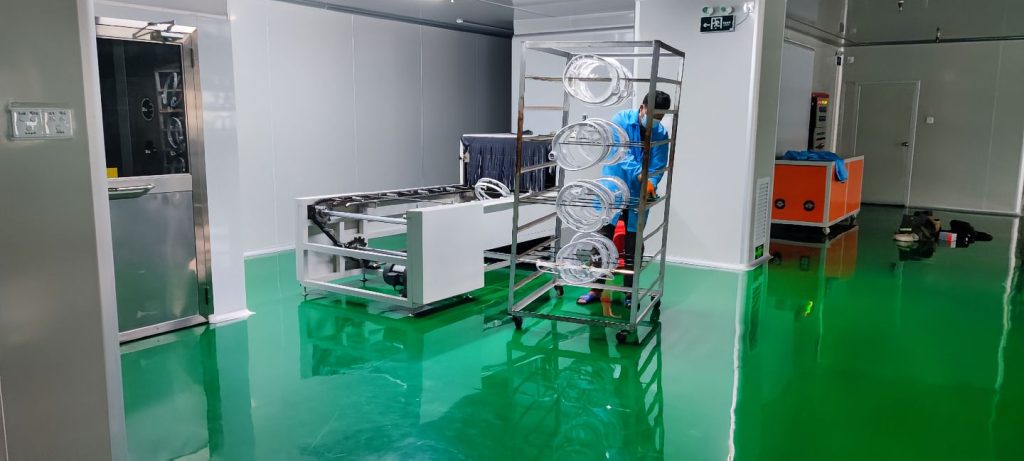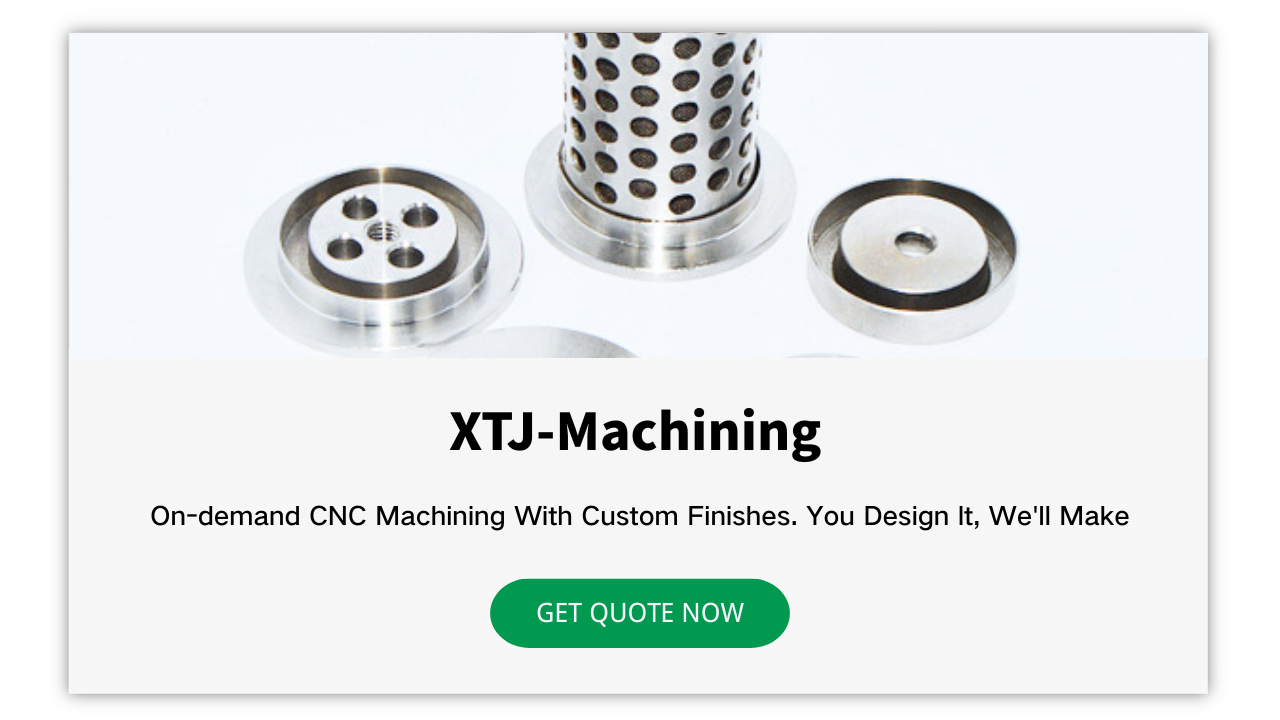Scrap management is the process of handling, sorting, disposing, and recycling of waste products generated in manufacturing processes. Companies get a lot of benefits from adopting this practice, including regulatory compliance, a good company image, a better environmental footprint, cost savings, and more.
its purpose, how it works, and various materials and scrap management strategies.
What Is Scrap Management?
Scrap management involves the handling, processing, and recycling or disposing of scrap materials or by-products generated from manufacturing processes or the disposal of old and used products. This involves monitoring the volume, condition, and economic value of scrap materials, as well as overseeing their proper disposal. The goals of scrap management are to reduce waste, minimize environmental impact, and potentially generate revenue or to save money, at least, by recycling, reusing, or properly disposing of scrap materials. Scrap materials can include a wide range of items, such as metals (e.g., steel, aluminum, copper), plastics, paper, electronics, and construction debris.
What Are the Benefits of Scrap Management?
Scrap management can offer significant benefits and is useful for the following reasons:
1. Cost Reduction
One of the major benefits of scrap is its potential to generate revenue. Businesses can sell excess materials to recyclers or scrapyards, who can sell them to other users who transform them into new items. This reduces waste and enhances sustainability. For instance, construction companies might sell unused steel or concrete, benefiting both financially and environmentally by diverting materials from landfills.
Moreover, scrap offers cost-saving opportunities. Manufacturing entities, for example, can repurpose leftover materials within their production cycles, saving on the purchase of new raw materials, and further promoting environmental sustainability through waste reduction.
2. Resource Optimization
Scrap management promotes the optimal use of resources by ensuring that materials are utilized to their fullest potential. Through recycling and reusing materials, companies can decrease their dependence on virgin resources, leading to a more sustainable use of raw materials. This not only helps in conserving resources but also minimizes the environmental impact associated with resource extraction and processing.
An example of resource optimization is the endless recyclability of metal. The process of obtaining new metals requires extensive mining, which consumes significant resources. Recycling metals offers a major benefit by conserving these resources. Metals, with few exceptions, can be recycled repeatedly without significant loss of quality.
3. Environmental Sustainability
One of the most significant benefits of scrap management is its contribution to environmental sustainability. By recycling and properly disposing of waste materials, companies can reduce their carbon footprint, decrease greenhouse gas emissions, and minimize their overall environmental impact. Efficient scrap management also reduces landfill use, which leaves more space for food garbage and nonrecyclable items. Freeing up space by removing recyclable items from landfills and the environment can prevent soil and water pollution and contribute to the conservation of natural habitats.
4. Compliance With Regulations
With increasing citizen environmental awareness, governments around the world have introduced stringent regulations regarding waste management and recycling. Effective scrap management ensures that companies comply with these regulations, avoiding legal penalties, fines, and potential disruptions to their operations. Compliance also demonstrates a company’s commitment to environmental stewardship, which is becoming required for doing business in many areas.
5. Improved Efficiency
Scrap management can lead to more efficient production processes because it involves the identification, sorting, and systematic handling of waste materials. By streamlining waste handling, companies can reduce clutter, improve workplace safety, and enhance operational efficiency. This not only leads to a more productive work environment but also contributes to better product quality and consistency.
6. Enhanced Reputation
In today’s environmentally conscious market, companies that actively engage in sustainable practices, including effective scrap management, enjoy a competitive advantage. Such companies are viewed more favorably by consumers, investors, and partners, who are increasingly making decisions based on environmental impact. A better reputation can lead to increased customer loyalty, better investment opportunities, and stronger partnerships.

How Does Scrap Management Work?
Scrap management as a process involves the identification, collection, processing, and either the recycling or the disposal of scrap materials. Here’s how the process typically works:
1. Identification
The first step involves identifying materials that can be classified as scrap. This could be offcuts from manufacturing processes, old or defective products, or materials that are no longer needed. This step is crucial to determining the potential for reuse or recycling, or the need for disposal, and it affects the subsequent handling and processing of these materials.
2. Segregation
Once the scrap has been identified, scrap materials need to be segregated based on type and recyclability. Effective segregation is essential for efficient recycling and can significantly impact the value recovered from scrap materials. It involves separating different materials (e.g., metals, plastics, paper) and sorting them into categories to help with processing and prevent contamination.
3. Collection
After segregation, the next step is collecting the scrap materials. This might involve gathering materials from different locations within a facility and centralizing them for further processing.
4. Storage
Once collected, scrap materials need to be stored properly until they are either recycled or disposed of. Proper storage is critical to avoid environmental harm and to preserve the value of the materials. This might involve using designated bins, containers, or areas that protect materials from the elements and prevent contamination.
5. Disposal
Disposal is the process of getting rid of scrap materials that cannot be reused or recycled. This needs to be done in compliance with environmental regulations and standards to minimize the impact on the environment. Disposal methods vary based on the material and may include landfilling, incineration, or specialized treatments for hazardous materials.
6. Documentation
Documentation may include details about the quantities and types of materials collected, stored, recycled, or disposed of, as well as information about costs and revenue. This data is crucial for regulatory compliance, financial analysis, and tracking the effectiveness of the scrap management process.
7. Continuous Improvement
Scrap management is not a static process; it requires ongoing evaluation and improvement. By analyzing data collected during the documentation phase, companies can identify inefficiencies and opportunities for improvement. Examples of continuous improvement efforts can include focusing on reducing scrap generation, increasing recycling rates, or finding more cost-effective disposal methods.
How To Reduce Scrap
The primary way of effectively reducing scrap in manufacturing is by optimizing product design and manufacturing processes. Product design can be optimized to minimize material usage. This can be done by designing a product to use less material, or by designing it to use a manufacturing method that does not produce large amounts of waste.
cURL Too many subrequests.
What Are the Benefits of Scrap Management?
cURL Too many subrequests.
cURL Too many subrequests.
cURL Too many subrequests.
cURL Too many subrequests.
cURL Too many subrequests.
cURL Too many subrequests.
cURL Too many subrequests.
cURL Too many subrequests.
XTJ is een toonaangevende OEM-fabrikant die zich inzet voor het bieden van one-stop productieoplossingen van prototype tot productie. We zijn trots op ons ISO 9001 gecertificeerde systeem voor kwaliteitsbeheer en vastbesloten om waarde te creëren in elke klantrelatie. Dat doen we door samenwerking, innovatie, procesverbeteringen en uitzonderlijk vakmanschap.
cURL Too many subrequests.
cURL Too many subrequests.
cURL Too many subrequests.
cURL Too many subrequests.
cURL Too many subrequests.
cURL Too many subrequests.
cURL Too many subrequests.
cURL Too many subrequests.
cURL Too many subrequests.
cURL Too many subrequests.
cURL Too many subrequests.
cURL Too many subrequests.
cURL Too many subrequests.
cURL Too many subrequests.
XTJ is een toonaangevende OEM-fabrikant die zich inzet voor het bieden van one-stop productieoplossingen van prototype tot productie. We zijn trots op ons ISO 9001 gecertificeerde systeem voor kwaliteitsbeheer en vastbesloten om waarde te creëren in elke klantrelatie. Dat doen we door samenwerking, innovatie, procesverbeteringen en uitzonderlijk vakmanschap.
cURL Too many subrequests.
cURL Too many subrequests.
cURL Too many subrequests.
cURL Too many subrequests.
cURL Too many subrequests.
cURL Too many subrequests.
cURL Too many subrequests.
cURL Too many subrequests.
cURL Too many subrequests.
cURL Too many subrequests.
cURL Too many subrequests.
cURL Too many subrequests.
cURL Too many subrequests.

cURL Too many subrequests.
cURL Too many subrequests.
cURL Too many subrequests.
cURL Too many subrequests.
cURL Too many subrequests.
cURL Too many subrequests.
Recycle: Recycling acts as the last line of defense against waste going to a landfill. Recycling involves separating materials to ensure they are processed correctly. Businesses can benefit from establishing recycling programs that manage not just common recyclables like paper and plastics, but also more challenging materials such as electronics and hazardous waste. The goal is to ensure that as much material as possible is recovered and re-enters the manufacturing cycle, reducing the demand for virgin materials and the environmental impact associated with their extraction and processing.
What Industries Use Scrap Management?
Manufacturing industries are one of the largest producers of scrap. These industries include: the automotive, electronics, machinery, paper and packaging, energy, and utilities sectors, as well as equipment manufacturing. These industries implement scrap management to reduce production costs and environmental impact. This involves recycling metals, plastics, and other materials, as well as reusing parts when possible. For example, the construction and demolition sectors generate significant amounts of scrap material, including: metal, wood, concrete, and bricks. Scrap management strategies help in recycling materials, reducing landfill waste, and saving on material costs by reusing resources in new construction projects, where possible.
Industries involved in metalworking and part fabrication produce scrap metals like steel, aluminum, copper, and brass. Scrap metal recycling helps with the conservation of resources, cost savings, reduction in energy consumption, and lowering greenhouse gas emissions. It also frees up space in landfills. The electronics industry, particularly through e-waste recycling, manages scrap components such as metals, plastics, and rare earth elements. This helps in recovering valuable materials and reducing the environmental footprint of electronic goods.
How Do Tool and Equipment Maintenance Affect Scrap and Production Efficiency?
Tool and equipment maintenance directly affect scrap and production efficiency by:
Reducing Scrap: Good maintenance ensures that industrial machinery operates with the required precision and accuracy, decreasing the likelihood of producing defective products that result in scrap.
Increasing Production Efficiency: Equipment downtime is minimized through regular inspections and repairs, keeping production lines running smoothly and efficiently. This means that you don’t end up with tooling crashes, or making hundreds of out-of-spec parts that have to be thrown away.
Improving Product Quality: Well-maintained equipment produces consistent, high-quality products, reducing the need for rework or disposal of substandard items.
Saving Costs: Good maintenance practices prevent costly equipment breakdowns and extend the lifespan of machinery, reducing the need for expensive replacements and repairs.
Is Scrap Management Essential in Manufacturing?
Yes, scrap management is essential in manufacturing, because it helps reduce costs, enhances operational efficiency, and promotes environmental sustainability. By managing scrap, manufacturers can recycle and reuse materials, significantly lowering the demand for new raw materials and reducing waste. This helps lower production costs and minimize the environmental impact of manufacturing processes.
XTJ is een toonaangevende OEM-fabrikant die zich inzet voor het bieden van one-stop productieoplossingen van prototype tot productie. We zijn trots op ons ISO 9001 gecertificeerde systeem voor kwaliteitsbeheer en vastbesloten om waarde te creëren in elke klantrelatie. Dat doen we door samenwerking, innovatie, procesverbeteringen en uitzonderlijk vakmanschap.





